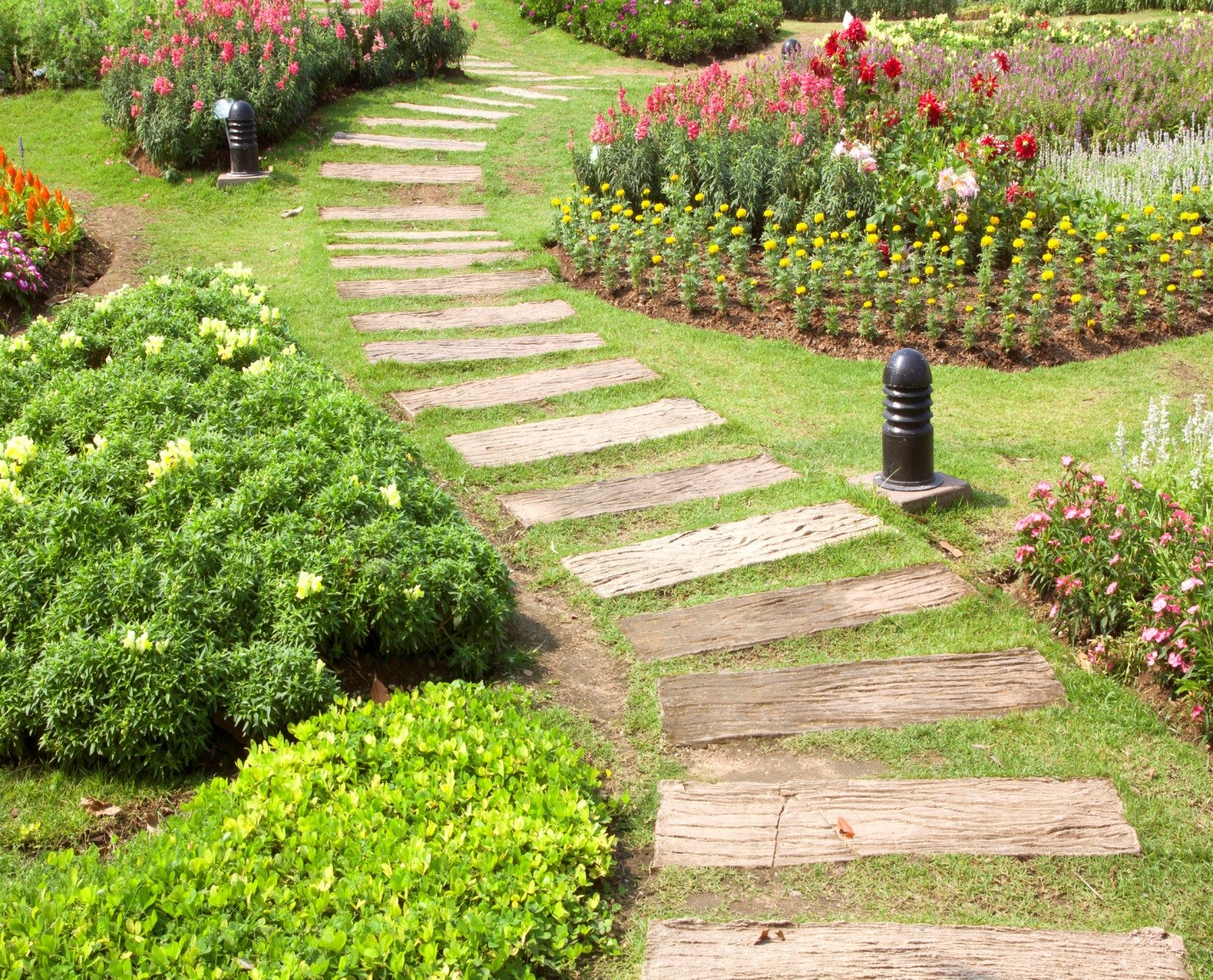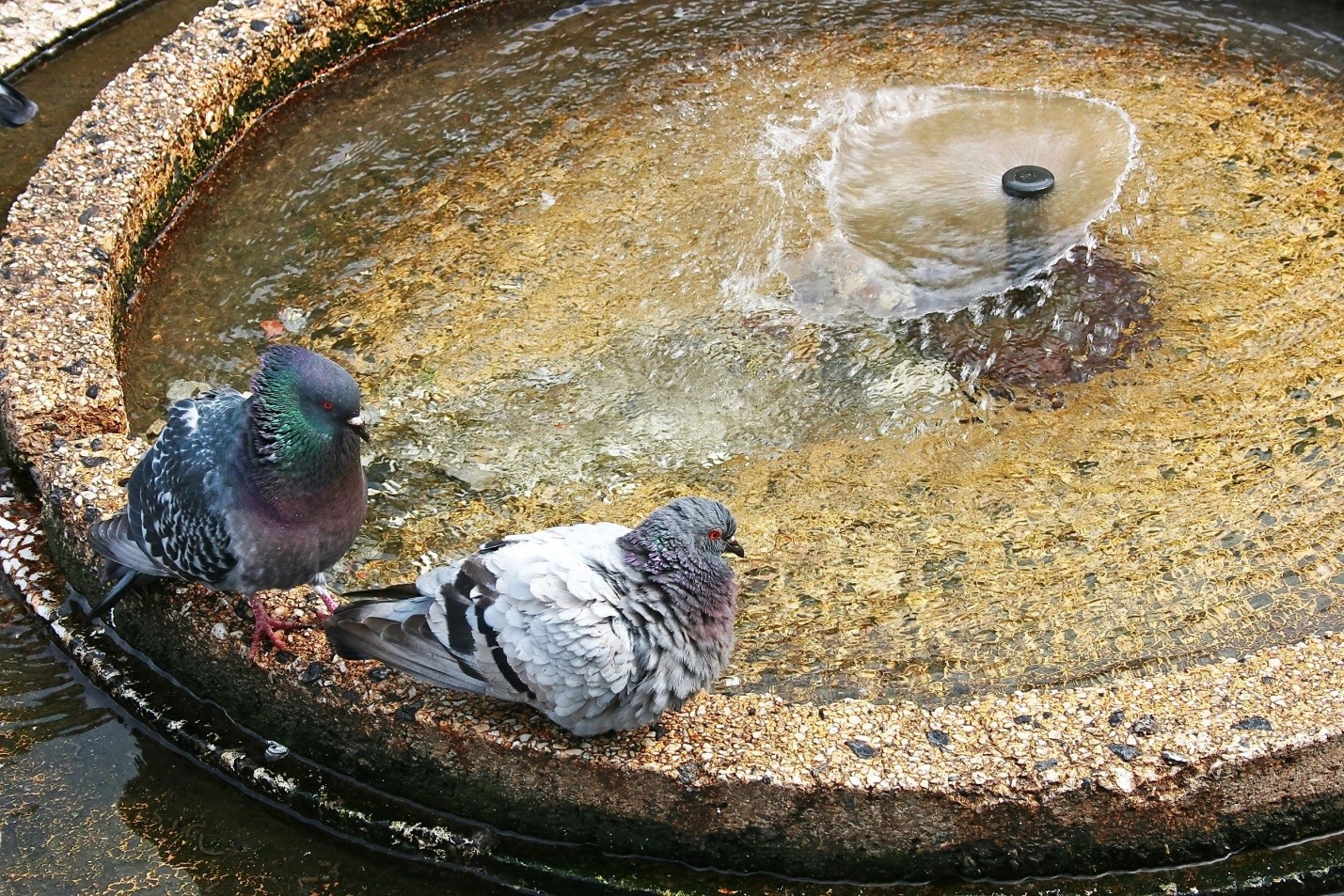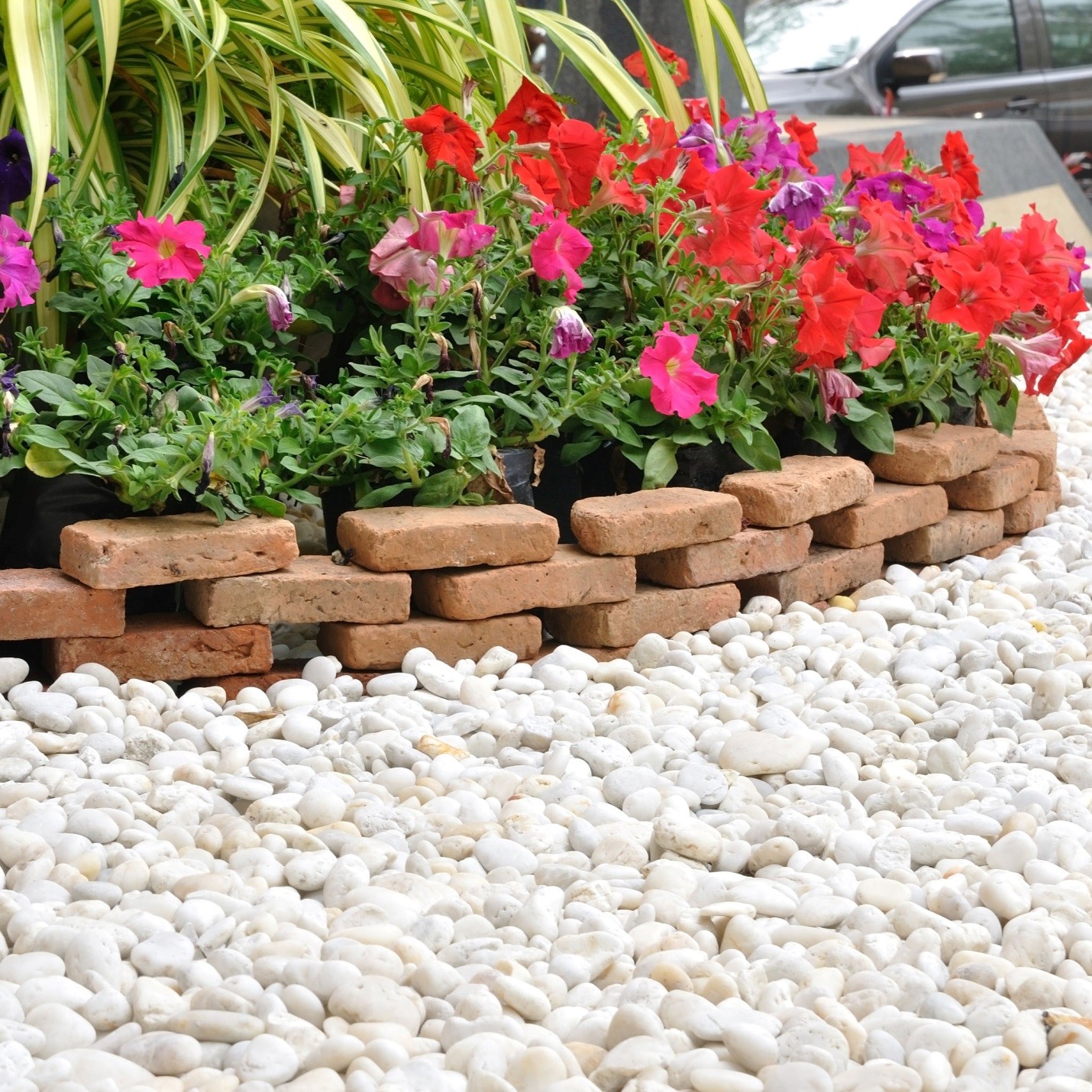How Landscape Management Can Contribute to Effective Pest Control

Turning your rocky backyard into a lush garden with verdant trees and flowing fountains can provide more than a huge street-side impression. Done right, landscaping can help you repel the nasty intruders that take over your property in the warm season and force you to seek cover indoors.
Pests can find an optimal environment in your landscaping elements, as they usually provide the food and moisture they need for reproduction and growth. The longer they go unnoticed and are free to spread throughout the property, the greater the chances they will eventually find their way inside your home. Reviewing your landscaping design is often a much cheaper yet often overlooked method of preventing insect pests from entering your facility than waiting to treat an actual infestation. Let’s take a look at some of the measures you can apply to beautify your property without harboring pests.
Choose Vegetation and Mulch Carefully
One effective way to fight back against mosquitoes, slugs, flies, and gnats naturally is planting selected flowers, shrubs, and herbs in your garden or on your patio. Citronella (Cymbopogon nardus) is a perennial, naturally-occurring grass whose oil is used extensively in the soap, candle, cosmetic, and flavoring industries. Its strong citrusy scent holds effective mosquito-repelling properties and is undesirable to a wide range of insects. Geraniums and marigolds also deter bugs from outdoor areas and discourage mosquitoes, cabbage worms, leafhoppers, and Japanese beetles from feeding on other plants in your garden. The ideal placement for these bug repellents is in planters on windowsills, in pots around the porch, and in flower beds and vegetable gardens.
Many homeowners choose to add mulch to planting beds to not only beautify the landscape, but also prevent loss of water by evaporation, promote soil productivity, and keep weeds down. The organic mulch varieties are especially preferred as they help plants and flowers grow healthier, but they also provide shelter for many pests, including earwigs, ants, centipedes, termites, and even rats. To make sure it doesn’t provide a hospitable environment for insects nearby, use a mulch variety that doesn’t hold too much moisture, such as cedar mulch, and do not make the bed deeper than 2-3 inches.
Manage Water Features

No landscape design is complete without fountains, ornamental ponds, birdbaths, pools, and other water features, which can create a soothing and calming feeling, mask unwanted noise, and quench the thirst of bees, birds, and butterflies. However, if not managed properly, bodies of standing water can rapidly turn into optimal breeding sites for one of the most annoying summer pests – mosquitoes.
The key strategy to prevent mosquitoes from depositing eggs on the water surface is to add devices that increase water circulation and reduce the stillness that allows them to breed. Since mosquito larvae prefer shallow water less than 24 inches deep, consider installing water features that are deeper than 2 feet. Also, stock your ponds with mosquito-eating fish that can consume up to 500 larvae per day.
While water features in the garden landscape will inevitably attract the pesky critters to your property, populations can be effectively managed through an integrated approach that relies more on prevention than on the elimination of current infestations.
Set Up a Buffer Zone

Many pests, including cockroaches, ants, earwigs, but also rats and mice, gain access to a building by climbing up the limbs and branches of the vegetation touching the exterior. To prevent this, consider keeping foliage at least two or three feet from the façade and trim existing bushes and tree limbs regularly, especially those that are brushing up against the property. Also, installing a 2-foot-wide gravel strip around the perimeter of your facility to act as a protective barrier will discourage ants, cockroaches and other crawling insects from coming too close to the building walls.
Keep Decorations Away from the Building
Garden statues and stones retain moisture and provide a cool, damp harbor for many insect pests. Some ant species, particularly the pavement ants that build their colonies underneath stones, may cause serious problems for gardeners by keeping aphids around on plants and preventing you from enjoying the outdoors. If stone decorations are placed too close to a structure, ants will soon find their way inside to forage for food, leading to infestations and creating an unhealthy environment for residents.
While bugs are a natural part of the garden, and the majority are actually extremely beneficial at battling and controlling pests, some are troublesome and can create extensive damage to gardens, greenhouses, and homes. These landscaping techniques will help you defend your property against a wide range of insect and mite pests, but sometimes more active measures are required. Ask the help of your landscaper to determine the optimal selection, placement and upkeep of landscaping elements, and contact an experienced pest control professional in Toronto to ensure they are not inviting pests on your property.
About the Author
Daniel Mackie, co-owner of Greenleaf Pest Control, is a Toronto pest control expert well-known as an industry go-to guy, an innovator of safe, effective pest control solutions, and is a regular guest on HGTV. Mackie, along with business partner Sandy Costa, were the first pest control professionals in Canada to use detection dogs and thermal remediation for the successful eradication of bed bugs. In his free time, he is an avid garde



You must be logged in to post a comment.